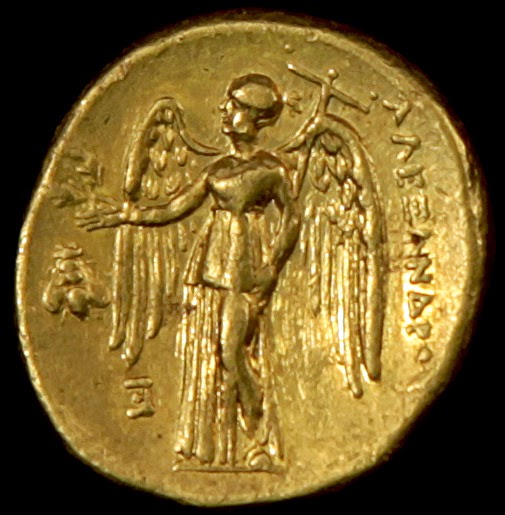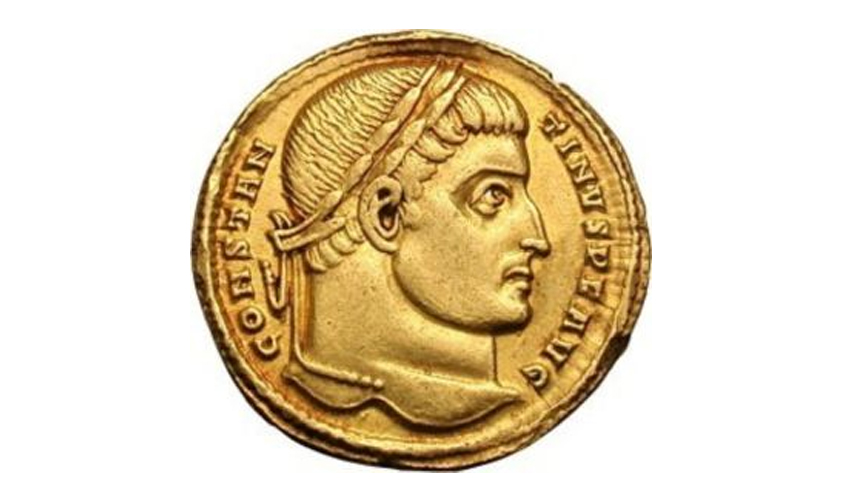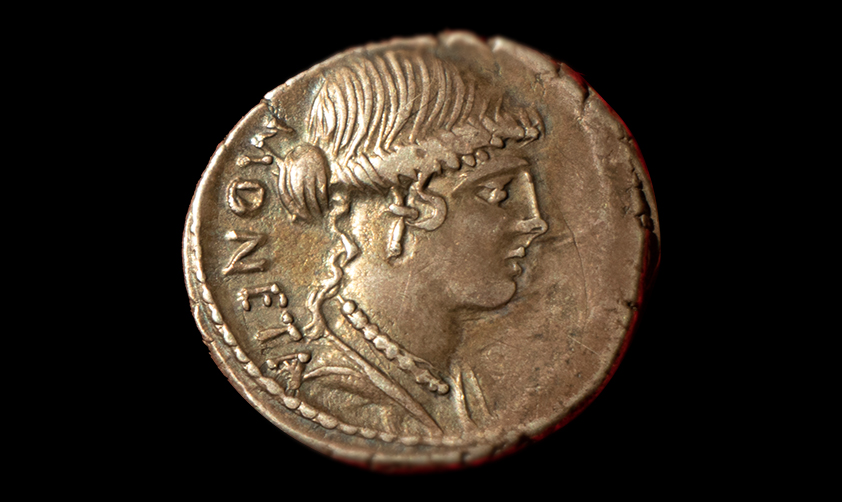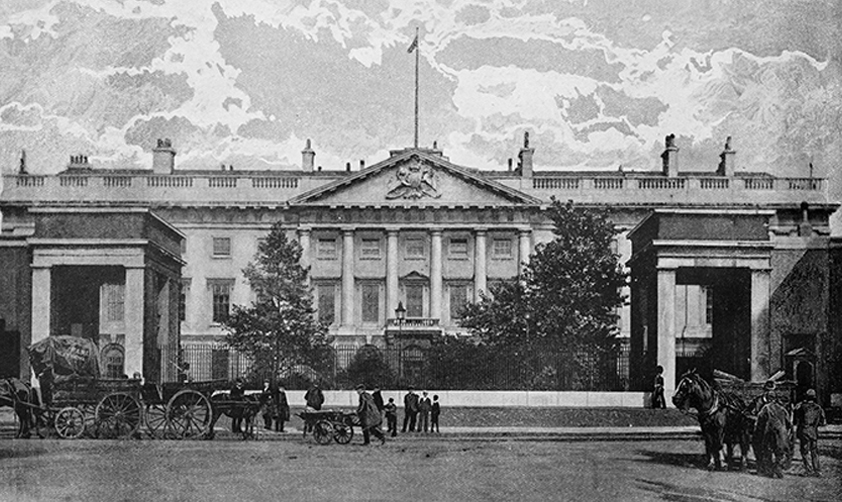Who has not heard of Alexander the Great? If only because of the countless films and books he inspired. But who was Alexander the Great, really? And what was his part in the history of currencies and money?
Alexander was the son of the Macedonian King Philip II, and in 336 bce, when barely 20 years old, he succeeded his father.
From the outset, he manifested his desire to pursue his father's plan of waging war on Persia and avenge the Greeks for the invasion they had suffered some 150 years earlier. In 334 bce, he landed in Asia Minor and, as he advanced further and further into the territories of the Persian state, he conceived the idea of creating a universal empire. And so he did, eventually founding an empire that stretched from the Balkans to Egypt and India, with Babylon as its capital.
Under his rule, Greek coinage underwent major changes.
Under Philip II, the occupation of the region around Mount Pangaion (north-eastern area of present-day Greece), with its rich gold mines, had already enabled the issuing of numerous gold coins. Until then, gold coins had been quite rare throughout Greece and motivated by extraordinary situations or crises. Alexander unified the currency system throughout his vast empire and was able to issue gold staters (as the coins were called) and sub-units (halves, quarters and eighths), as well as double staters, using the Attic foot as the unit of measure.
As could be seen with the stater on display at 'The Adventure of Money', on the obverse ('heads') of the staters and double staters was the head of the goddess Athena in a Corinthian helmet (fig. 1), and on the reverse was a standing figure of winged Nike (the Greek personification of victory). To the right of the goddess Nike ran the inscription ALEXANDROU (Alexander's coin) (fig.2).


On silver tetradrachms, instead, the obverse had the head of Heracles wearing the Nemean Lion's coat, which Heracles had earned with his first labour, and, on the reverse, an image of Zeus enthroned, after the model of Phidias' sculpture. Towards the end of Alexander's reign (he died prematurely of an illness in 323 bce), the image of Hercules on the coins began to blend with that of the ruler himself.
The use of having the sovereign's portrait on coins came from the Eastern world and had been absolutely foreign to classical Greece. The affirmation of such use constitutes the most striking novelty Alexander brought to coinage. But, as a human, Alexander probably felt he dared not replace the gods all at once, and disguised his figure under religious imagery in a process of deification or identification with the divinity (Hercules).
After his death, tetradrachms with the effigy of Alexander still continued to be issued for a long time, alongside new coins with the portraits of the diadochi (literally, 'successors'), who were also deified.
From that moment on, coins came to symbolize the ruling power and the ruler's absolute authority; divested of the protection afforded by the effigies of the gods, coins became an instrument of propaganda and power. After the 1st century bce, especially, the use of portraits became widespread in Roman coinage precisely with this meaning.
Coins were, in fact, the ideal means for political power to broadcast the image by which it wanted to be known over incredibly vast regions - they were a self-celebratory tool with exceptional reach, somewhat comparable to modern mass media. As objects of exchange, coins reached everywhere, circulating within and beyond the borders of their place of issue, and everyone came to recognize the individuals portrayed on them and could thus grasp the message they conveyed.
Alexander, therefore, appropriated this effective means of communication for his own self-propaganda and to immortalize his feats. The care he put into styling this representation of himself can also be seen in the skill with which he managed to turn what was probably a small physical flaw (possibly a mild scoliosis) into a unique personal trait. And so it is that he will always be remembered with his neck distinctively twisted and his gaze tilted upwards as if he were perpetually in dialogue with the divinity.









